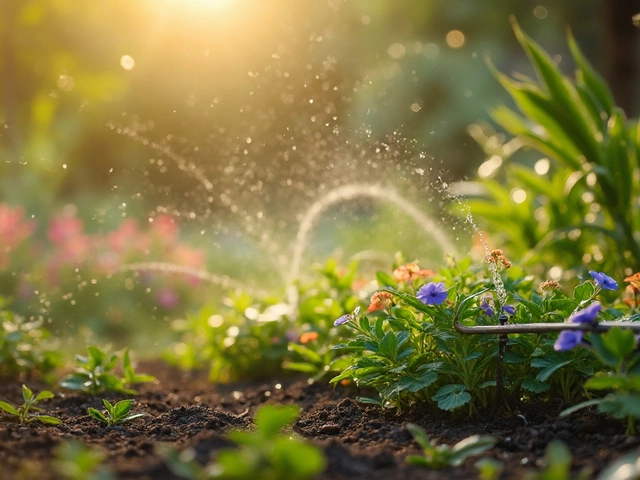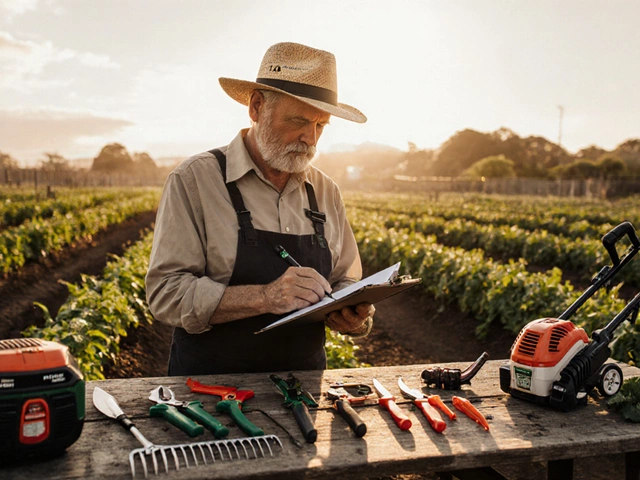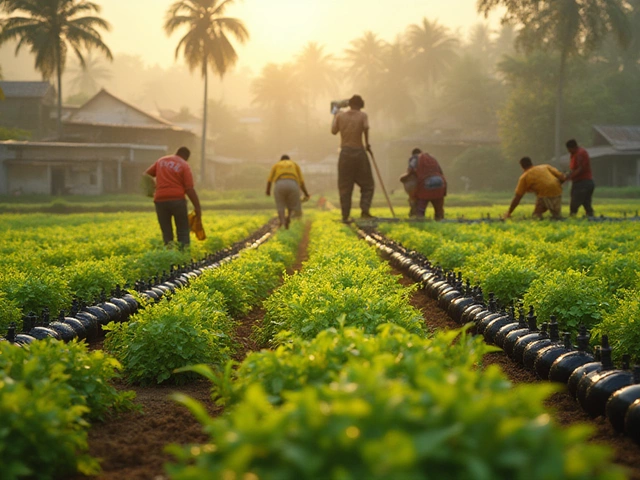Rice Trade: What Every Gardener and Trader Should Know
If you grow rice or buy it for business, understanding the whole trade chain makes a big difference. You don't need a degree in economics – just a few clear ideas about how rice grows, how much you can expect per plant, and what buyers look for in the market.
Understanding Rice Cultivation Basics
First, pick the right soil. Rice loves wet, loamy soils that hold water without turning into hard clay. If your field feels like a mud cake after a rain, you’re on the right track. Adding a thin layer of sand can improve drainage when the water level drops.
Next, think about planting density. On average, a healthy rice plant produces 100 to 200 grains. That sounds tiny, but when you calculate it across a half‑acre field, the numbers add up quickly. Space seedlings about 15 cm apart in rows that are 20 cm apart. This arrangement lets each plant get enough light, air, and nutrients.
Water management is the biggest cost driver. Traditional flood irrigation works, but drip irrigation can cut water use by up to 30 %. The upfront cost feels high, yet the long‑term savings on water bills and higher yields often pay off within a few seasons.
Fertilizer timing matters too. Apply a balanced NPK mix at planting, then add a second boost of nitrogen when the tillers appear. Over‑fertilizing can lead to weak stems and lower grain quality, which buyers notice.
Navigating the Indian Rice Market
When the crop is ready, quality checks start. Buyers look for uniform grain size, low broken grain percentage, and the right moisture level (around 14 %). A quick moisture test with a handheld meter can save you a bad sale.
Pricing varies by region and season. During monsoon, supply spikes and prices dip. In the post‑harvest months, when stocks thin, prices climb. Keeping an eye on local mandi rates helps you decide the best time to sell.
Direct sales to millers often give better margins than selling through middlemen. If you have a decent volume (say 5 tons), approach a few mills, share your test results, and negotiate a price above the average mandi rate.
Export opportunities exist for premium varieties like Basmati. Exporters require strict certification – think pesticide residue tests and fumigation records. If you aim for export, start the paperwork early; the process can take 2–3 months.
Finally, diversify your income. Many growers rent out a portion of their field for fish farming after the rice harvest. The residual water and nutrients create a low‑cost fish pond, adding extra cash without extra land.
To sum up, successful rice trade blends good agronomy with market awareness. Choose the right soil, manage water wisely, monitor grain quality, and stay sharp on price trends. With these steps, you can grow more rice and sell it for a better price, whether you’re a small farmer or a regional trader.
Risks of Rice Business: Common Challenges and How to Avoid Them
Discover the risks of the rice business, from unpredictable weather to global price swings and pests. Learn practical tips to reduce losses and succeed in rice cultivation.
About
Rice Cultivation
Latest Posts


Bulk Up Garden Soil: Real Ways to Make Your Dirt Work Harder
By Alden Thorne Jun 16, 2025

Dripper vs. Emitter: What's the Difference in Drip Irrigation?
By Alden Thorne Mar 26, 2025

Best Garden Tool Brands on the Market
By Alden Thorne Oct 15, 2025

